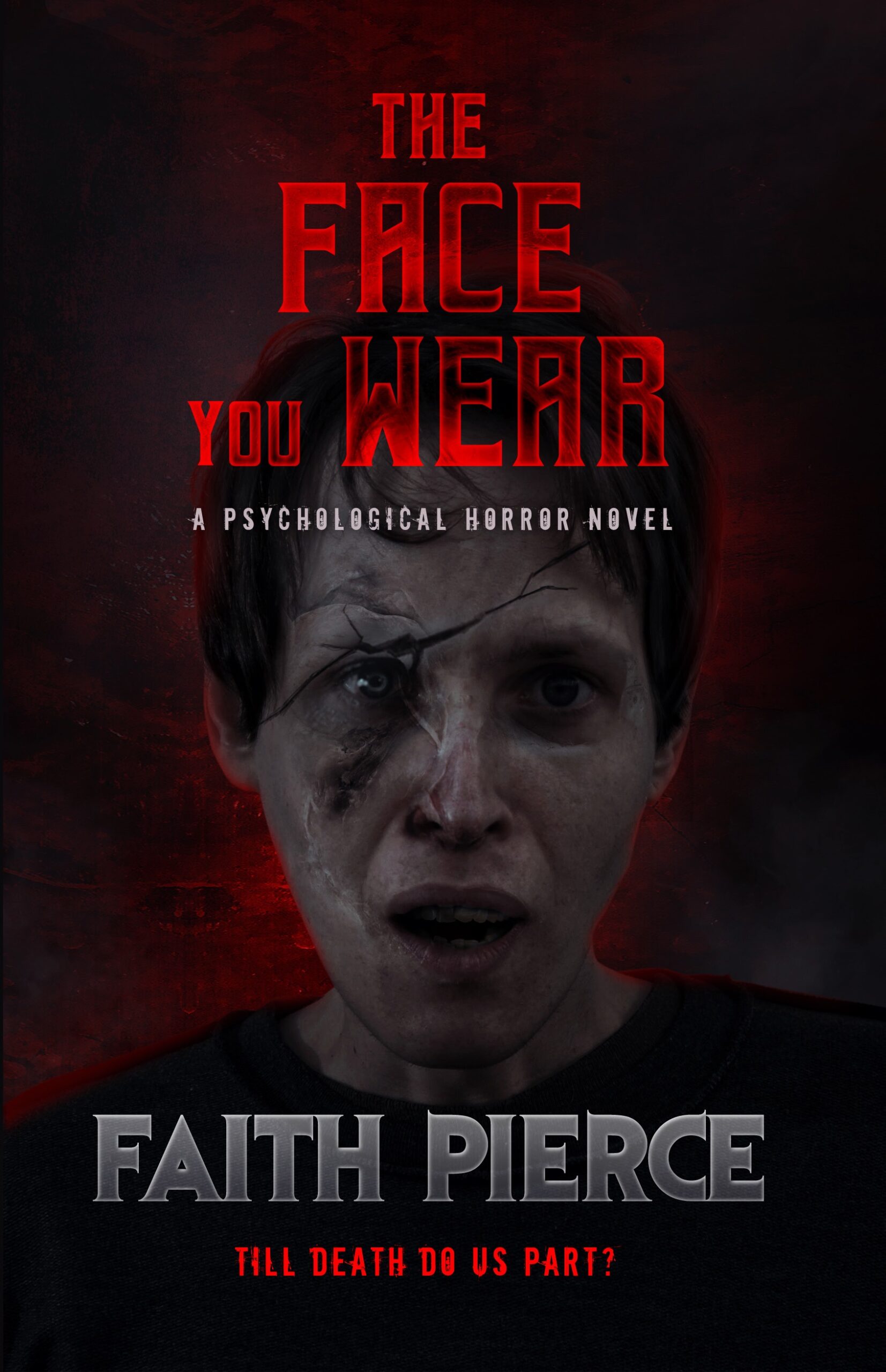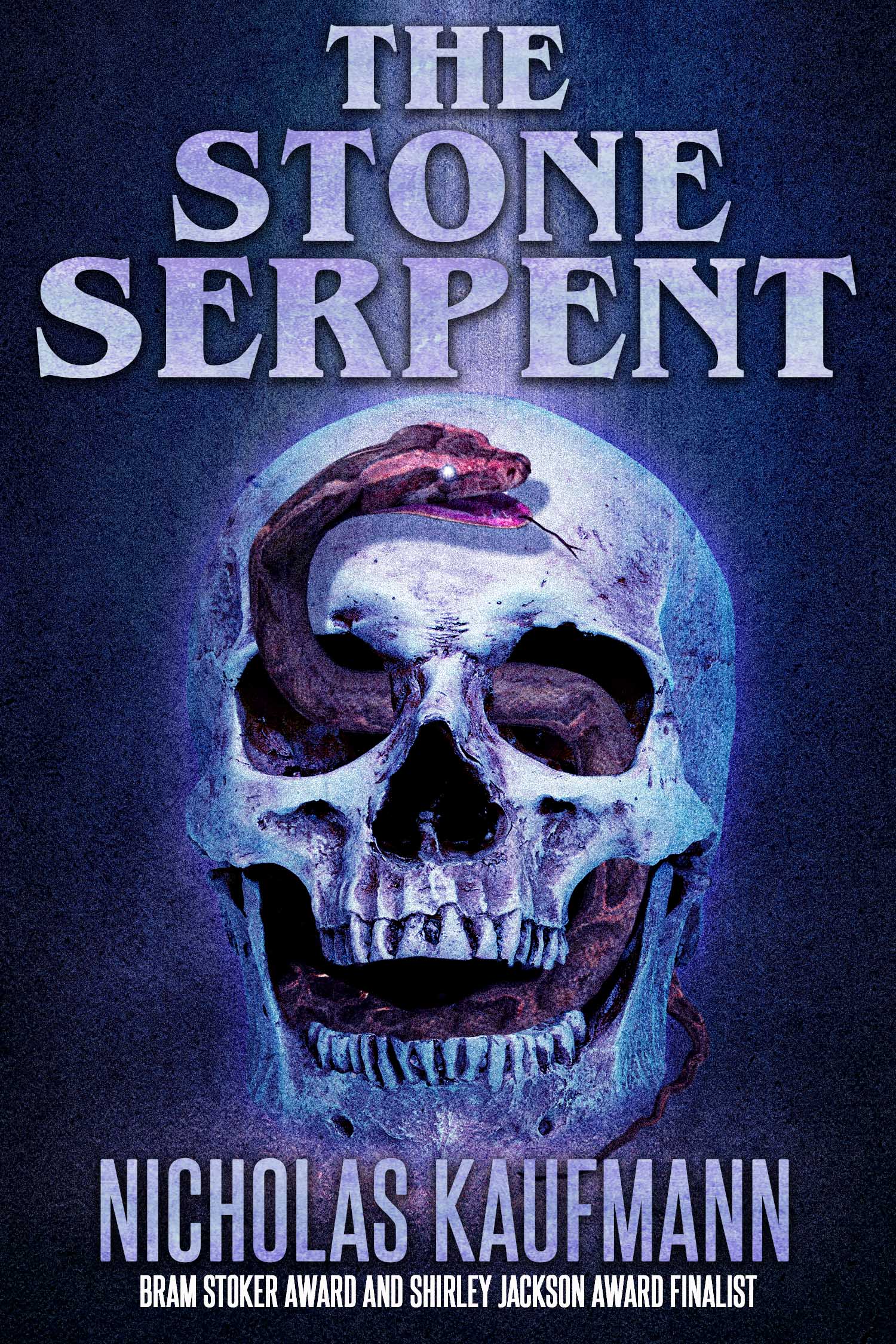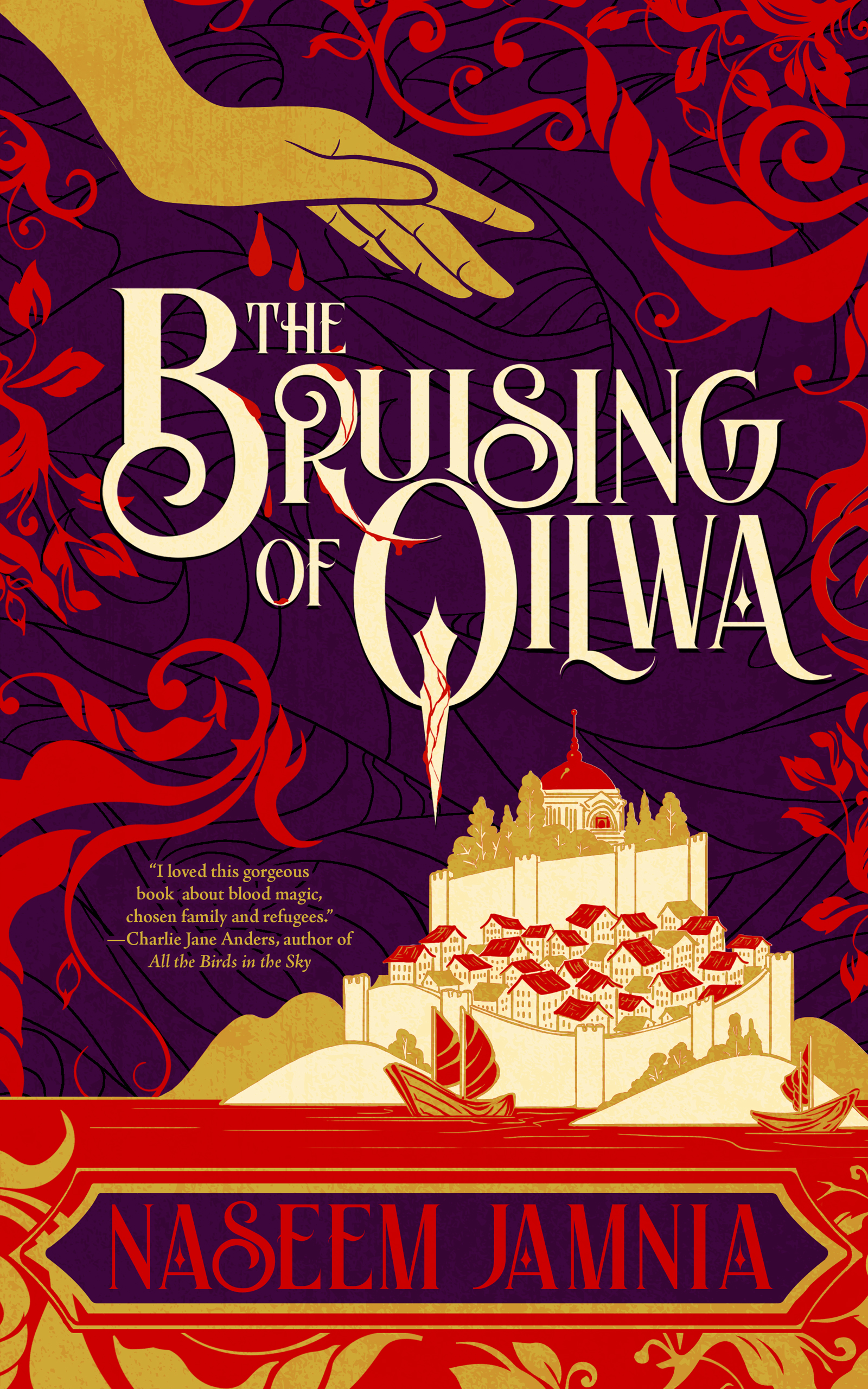This week on The Scariest Part, my guest is author Faith Pierce, whose debut novel is The Face You Wear. Here is the publisher’s description:
An unknown threat is creeping its way into Jana’s residence.
Jana overcame a bleak, poverty-stricken childhood to achieve her version of the American dream. She has her own home, a successful career, and a new husband who offers everything she hoped for in a normal life.
Her tight grasp on stability however begins to slip with disturbing dreams about her husband Michael. A figure in the bedroom doorway watching her sleep, night-time conversations Michael claims never happened, someone lying beside her at night when Michael later says he wasn’t there.
Old anxieties and paranoia begin to surface as Jana becomes increasingly desperate to discover if the true threat is her mind, her husband…or something darker.
And now, let’s hear what the scariest part was for Faith Pierce:
“God, that scene in the office.”
So far, that’s been a recurring comment from readers of The Face You Wear. In the scene, the main character wakes up from a nap and goes to her husband’s office. She finds him at his usual place, sitting at his desk, working on the computer. She leans against him and he wraps his arm around her. Then when he looks up at her and their eyes meet, she realizes she absolutely does not believe it’s him.
It’s a climactic scene in the book, a confrontation, a reveal of the monster’s face — though the question of what or who the monster is remains unanswered. But what makes the scene frightening are the same things that make the rest of the book so unsettling.
Throughout the book, the main character Jana has interactions with her husband Michael that may or may not be real. They primarily happen at night after she’s been sleeping, so when he tells her they didn’t happen, she’s forced to conclude that she never actually woke up. That means nearly every night, she’s having vivid dreams about her husband that include everything from cuddling and idle chatter about their days to serious conversations about the future and eventually, more threatening behavior.
As the encounters get more intense, Jana isn’t convinced they’re dreams, but she cannot fully trust that they’re real either. That slip, that loosening of our grasp on reality, that stumble on what we thought was solid ground — that’s a sensation most of us can relate to on a smaller scale. We’ve all had dreams we thought were real until told otherwise, we’ve seen things that turned out not to be there, we’ve encountered spaces that seemed to shift before our eyes as we struggled to get our bearings. That’s become Jana’s life on a daily basis, and it’s a nightmare. For a lot of people, the constant sensation Jana faces of not being able to trust her own mind is the scariest part.
The scariest part for me is different. It’s the intrusion of something frightening into Jana’s safest spaces and her safest person that made the premise so disturbing to me. Her home is the symbol of everything that is stable and secure in her life, and Michael is her closest loved one. Now, neither are safe. If the encounters are real, then either Michael is lying to her, actively tormenting her — or there is someone or something that looks and feels like her husband talking to her, touching her, holding her at night. Either possibility is terrifying.
The scene in the office blends the scariest parts of the entire book, and I think that’s what makes it resonate with people. Jana thinks she’s woken up from her nap. She enters a room in her home that’s always held comfort for her. It’s small, warm, and familiar. She finds her husband there exactly as expected. He greets her with affection. For a moment, everything is solid and safe and right.
And then it’s absolutely not.
The Face You Wear: Amazon / Barnes & Noble / Bookshop
Faith Pierce: Website / Facebook
Faith Pierce writes horror, dark fantasy, and other forms of speculative fiction. Her short stories have been published with The NoSleep Podcast, Cemetery Gates, Kandisha Press, and Scare Street. Her debut novel The Face You Wear is out with Crystal Lake Publishing. Faith Pierce grew up in a small town in Texas, but now lives in Missouri with her teenage son and their dogs. Outside of writing, Faith works in marketing. Her other interests include Brazilian jiu jitsu, yoga, cooking, gardening, exploring nature, and taking road trips with her son.




